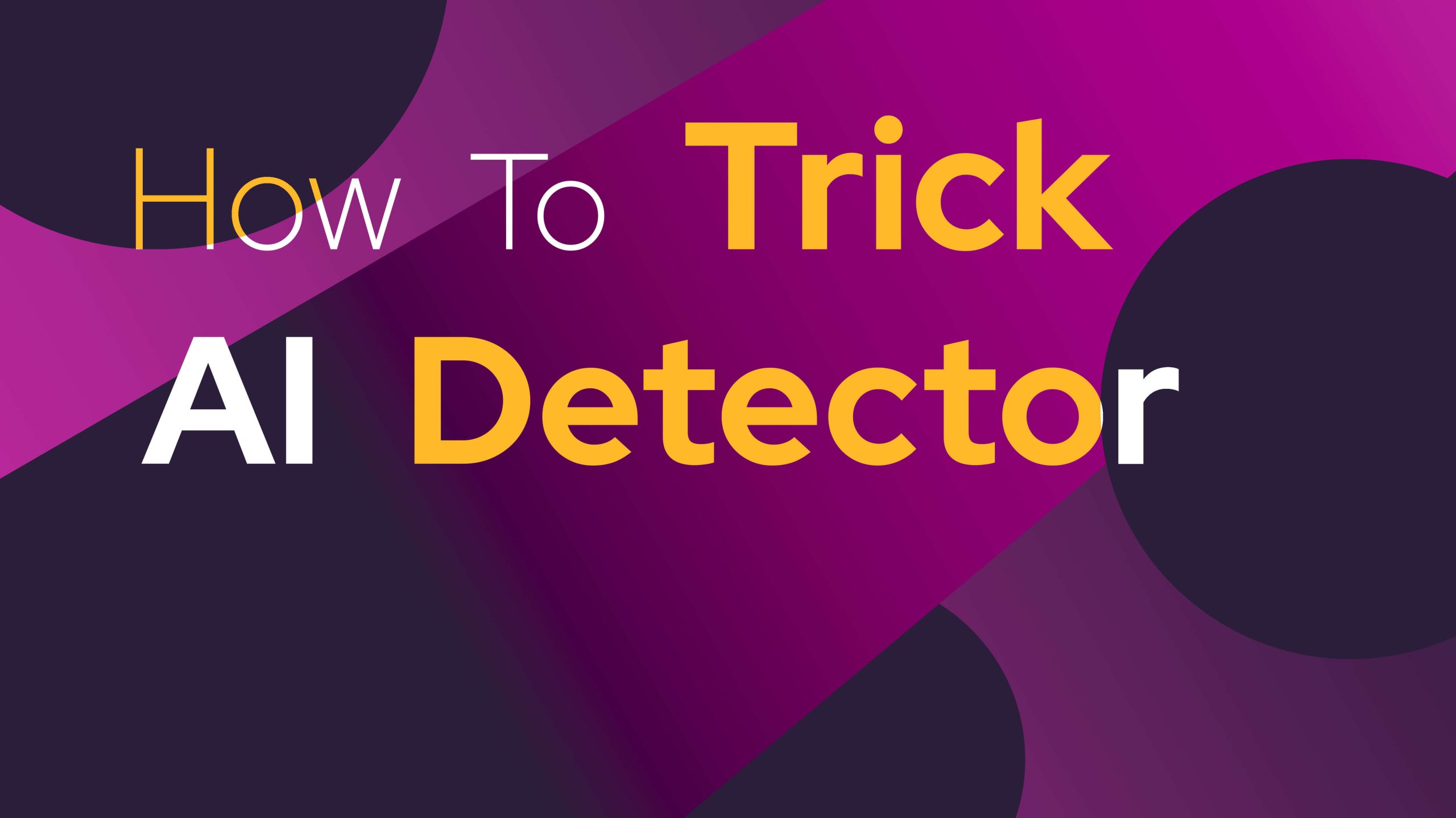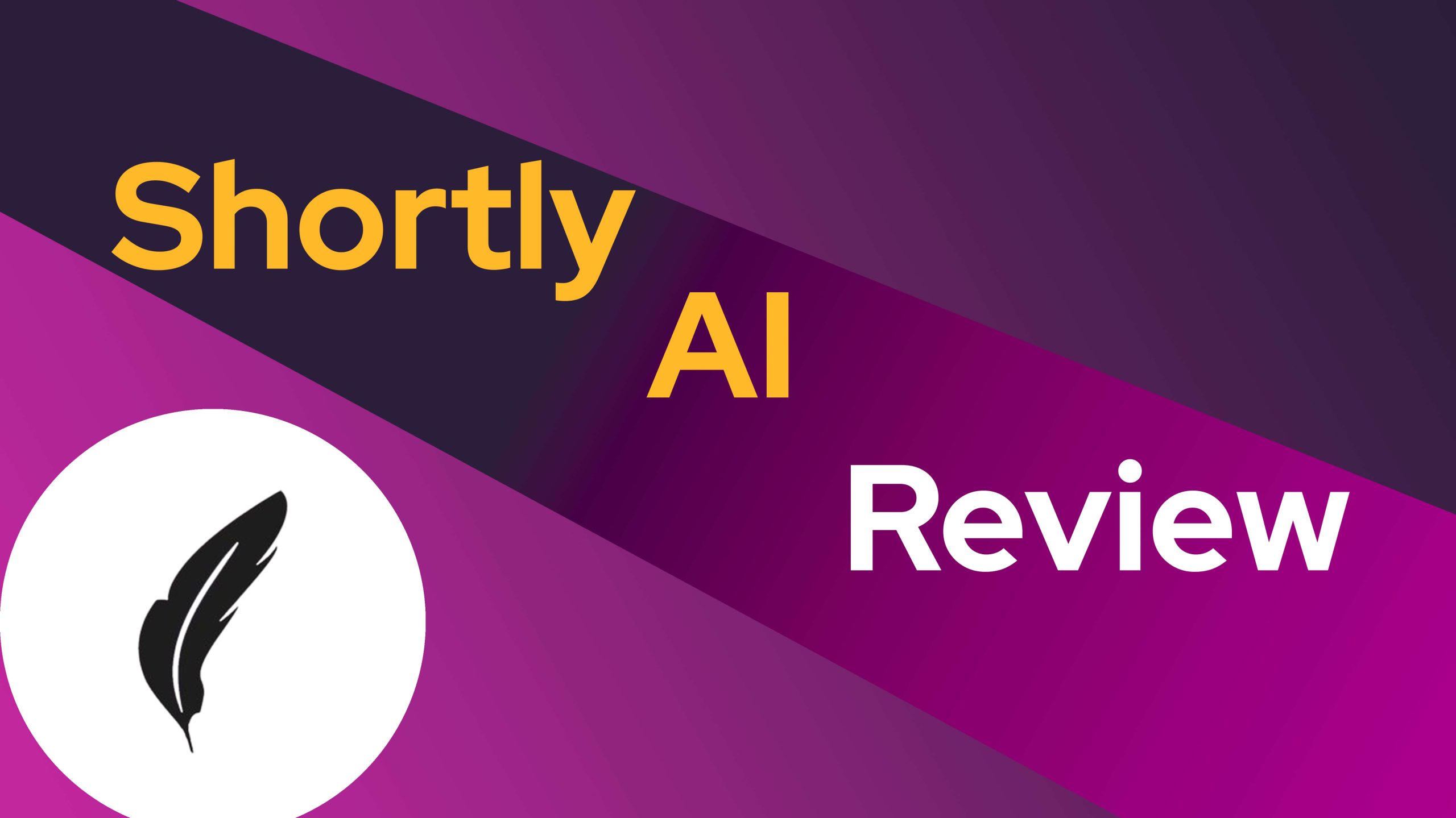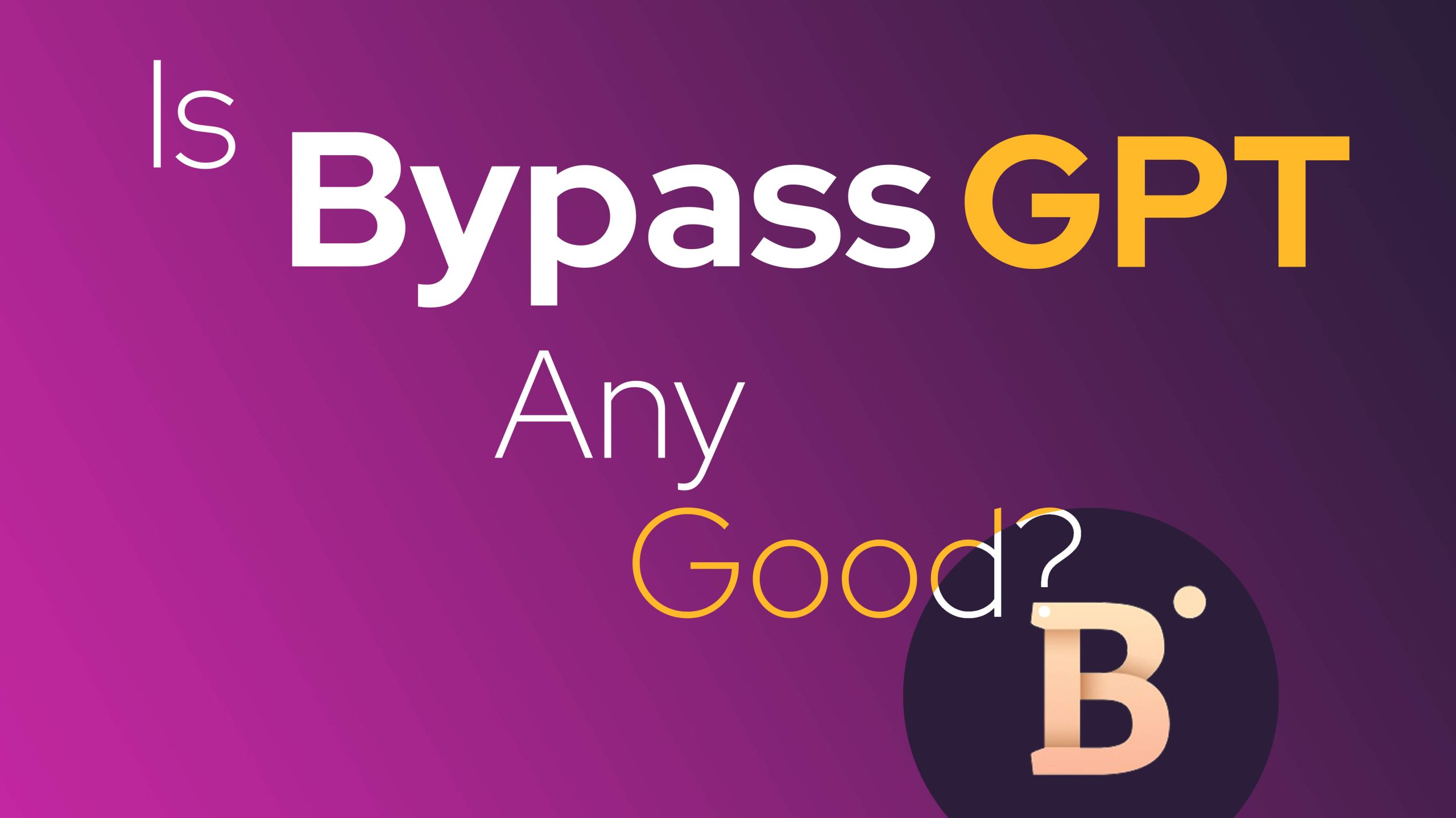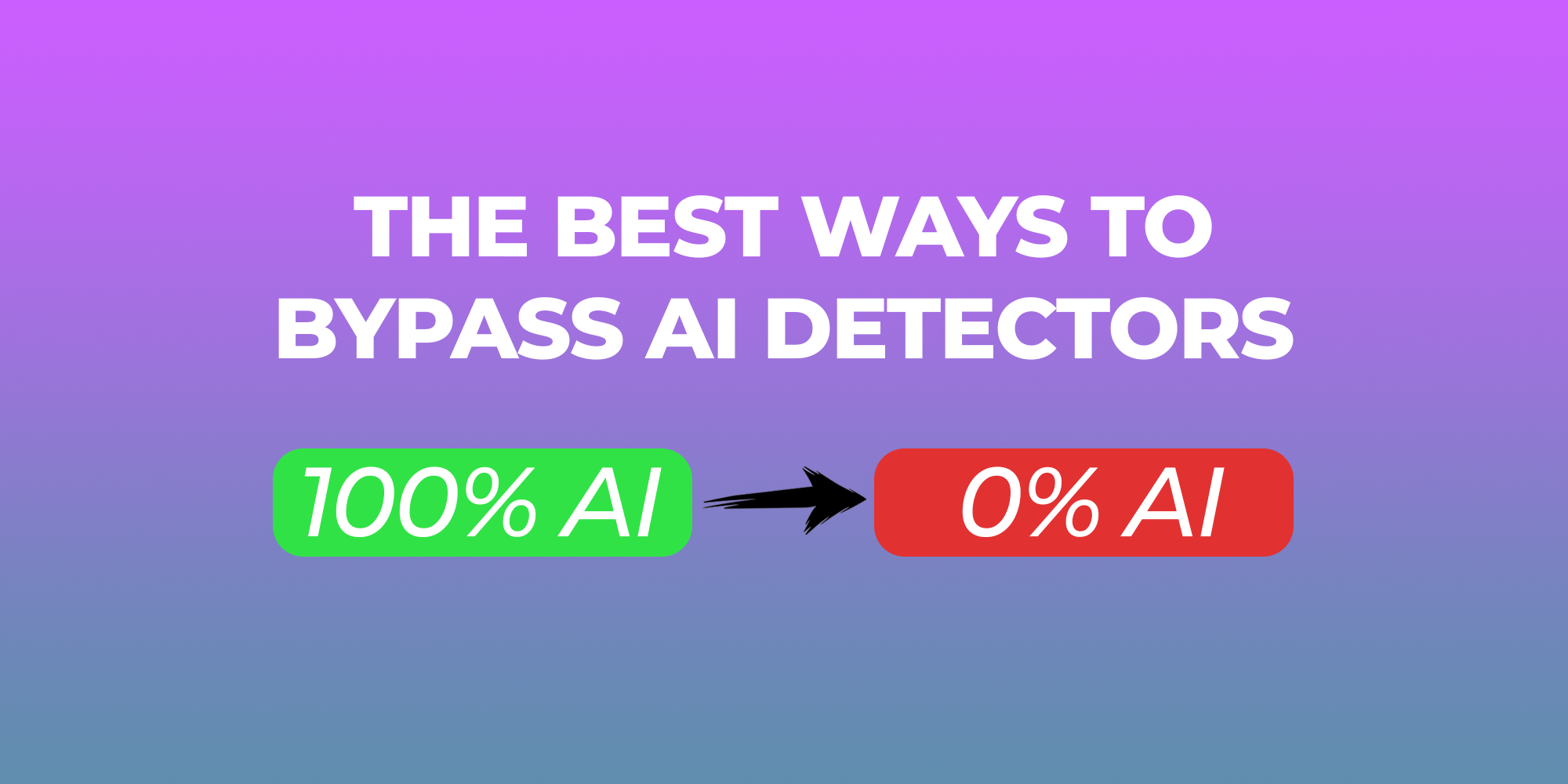AI detectors are like detectives, always on the lookout for words written by robots, not people. These detectors look for patterns in text to tell if it was written by a computer program. But as more and more words are written by AI, some people are keen to make robot text sound more like it was written by a human. This means the detectors might not always spot it. Today, we’re looking at how to do this with the help of different ways to say the same thing.
How AI Detectors Work
AI detectors rely on algorithms to analyze text and estimate the likelihood that it was produced by an AI model. They scrutinize key features such as:
- Repetition: AI text often includes repetitive patterns or phrasing, making it easier to spot.
- Predictability: Sentences generated by AI can sometimes follow predictable structures or lack the creative variability seen in human writing.
- Tone: AI content often leans toward formality or technical precision, while human writing may include colloquialisms, informal expressions, and emotional nuances.
By flagging text that exhibits these characteristics, AI detectors attempt to distinguish between machine-generated and human-written content.
Why Trick AI Detectors?
There are many legitimate reasons to make AI-generated text more human-like. These include:
- Content Enhancement: Improving readability and engagement by making the text less mechanical and more conversational.
- Avoiding False Positives: Ensuring original human content is not mistakenly flagged as AI-generated.
- Creative Purposes: Leveraging AI as a tool to brainstorm ideas but presenting the final work as authentically human.
However, it’s important to remember that while tricking AI detectors can be useful, it should not be used to deceive others or bypass ethical standards.
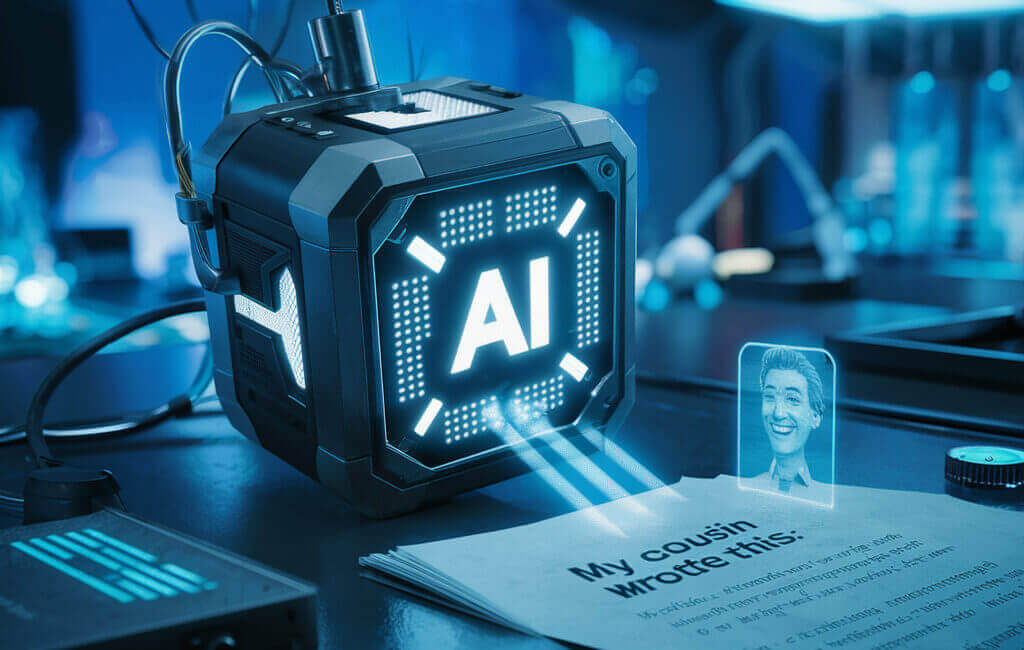
Paraphrasing Techniques: How to Trick AI Detector
Paraphrasing is when you change the words and structure of a text, but keep the same message. It’s a great way to make AI-made content look more like it was made by a person. Here’s what you do:
- Switching Words: Exchanging words for ones that mean the same thing helps diversify vocabulary use. For instance, you could switch out “assist” for “help.” However, double-checking that the new word fits the context is important to keep the original message.
- Fiddling with Sentence Order: Changing up how a sentence is arranged doesn’t have to change what it means. You could make a sentence passive instead of active, or switch around the order of clauses. So, “The cat chased the mouse” might become “The mouse was chased by the cat.”
- Mixing Up Sentence Length: Try using both short and long sentences to make the writing look more natural. People naturally use a variety of sentence lengths, so copying this can trick readers into thinking it wasn’t a machine doing the writing.
- Casual Phrases and Sayings: Throwing in some common sayings and casual language can make the writing seem more human. So including phrases like “break the ice” or “hit the nail on the head” can make the writing sound less like it came from a machine.
Tools for Paraphrasing
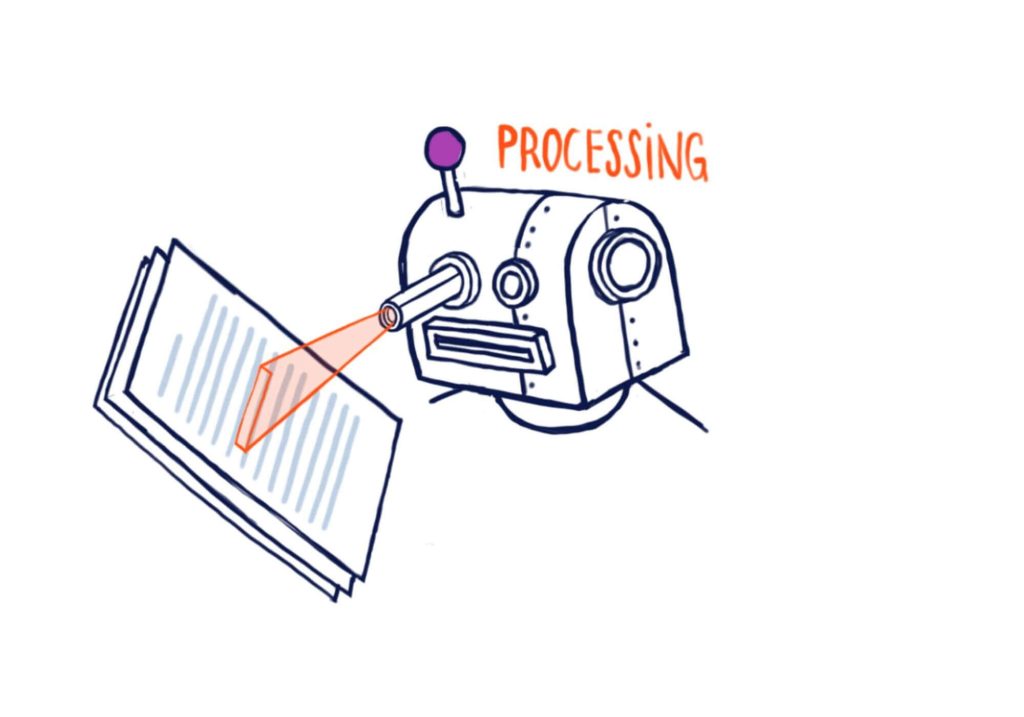
Several tools can assist in paraphrasing AI-generated content to evade detection:
- Netus.ai: This powerful paraphrasing tool uses advanced algorithms to rephrase content in a human-like manner while preserving the original meaning. It offers high-quality rewriting, making it effective for bypassing AI detection systems.
- Undetectable.ai: This tool rephrases text to make it indistinguishable from human writing, effectively bypassing AI detectors.
- Humbot: An AI humanizer that transforms AI-generated text into human-like content, ensuring it passes AI detection systems.
- WriteHuman: A platform that humanizes AI text, making it undetectable by AI detectors like GPTZero and Turnitin.
Alternative Ways to Bypass AI Detection
Beyond paraphrasing, there are other creative methods to make AI-generated content appear human-like:
- Pop in some laughs
Sprinkling your writing with a dash of humor can give it a natural touch. AIs often fumble when it comes to the delicate art of humor. Thus, witty comments or jokes can really make a difference.
- Local Language Differences
Utilizing area-specific spellings, local expressions, or informal language can baffle AI detection systems, as they often depend on usual, routine language:
American English: “The color of the sky.”
British English: “The colour of the sky.”
- Play with Writing Layout
There are cool ways you can format your words. This makes your text hard to figure out:
Em Dashes: You can break up sentences with em dashes. They give off a relaxed, chatty vibe.
Brackets: Use brackets when you’re adding more thoughts or extra details.
Ethical Implications of Tricking AI Detectors
While it may be tempting to bypass AI detection for convenience, it’s important to consider the broader ethical implications:
- Academic Integrity: Passing off AI-generated content as your own can lead to plagiarism accusations and damage credibility.
- Professional Ethics: In professional settings, misrepresenting AI-generated work as human-written may violate trust or organizational policies.
- Content Authenticity: Readers expect genuine insights and unique perspectives, which AI alone cannot provide.
The Responsible Approach
If you’re using AI to assist with content creation, be transparent. For instance, mention that the text was AI-assisted but edited for quality and originality.
The Role of AI in Writing: Friend or Foe?
AI is like a handy helper for creating and doing more. Still, with it becoming so common, it makes us wonder – should we fully accept content written by AI, or should a human’s authentic touch always be more important?
Let’s Weigh AI and Human Creativity
AI is pretty good at coming up with ideas, laying out content, and making repetitive tasks quicker. But, it does miss out on feelings, the background of different cultures, and the skill to make points with subtle shades of meaning.
Better Together, Not All Alone
Instead of seeing AI as a replacement for human writers, think of it as a writing buddy. Bring together AI’s ability to work fast and human creativity; the outcome is high-quality content that holds people’s attention.
Limitations of AI Detectors
Even with advancements in technology, AI detectors still have a lot to work on. They are mostly reliant on spotting patterns and working with probabilities, which becomes hard when faced with original or complex writing that doesn’t follow normal rules. The challenge then becomes to tell if it’s a human or an AI behind a piece of writing.
AI writing tools keep evolving, and the more they advance, the more their output looks like language a human would use, complete with varied tone. The job of the detectors is always to stay updated and adapt to this evolution. This struggle of trying to keep up with improving AI leads to holes in how effective the detectors are.
AI detectors also stumble when faced with the rich tapestry of cultural and linguistic differences. Text that is full of unique expressions, regional dialects, or out-of-the-box grammar can trip up a detection system. This might result in them getting it wrong and tagging something a human wrote as AI’s work, which can cause problems in areas like academics or work.
A vital part of an AI detector’s effectiveness comes down to the data it was trained on. If this data is biased, not diverse enough or old, the detector’s performance might be patchy or unreliable. This highlights why it’s important for these tools to adapt and be aware of the context they’re working in.
The Future of AI and Human Writing
AI and people will likely shape the future of writing together. AI tools can write well, but they still miss the human touch – the feelings, understanding of cultures, and original spark we have. So, we should think of AI as a helper, not a replacement.
One way this could work is by blending human and AI efforts. AI could do the boring or technical stuff and humans can add the creative and emotional parts. For example, AI could write a business report or look at numbers, and humans could add their own unique thoughts and change the story a bit.
As AI gets better, we have to make sure we use it in a way that’s fair and right. It’ll be important to tell readers when we’ve used AI to create something. Writers and groups might need to share that they’ve used AI to keep things real.
In this new world, learning and upgrading skills will be key. Writers will have to learn how AI can help them, and know its good and bad points. At the same time, better AI checking tools will keep writers and engineers honest, while helping them use this great new tool in the best way possible.
Mixing AI with human creative sparks could change how we create things, helping us do more and come up with new ideas, while keeping that special human touch.
Final Thoughts: Mastering the Art of Paraphrasing
Tricking AI detectors is both an art and a science. By understanding how these systems work and employing advanced paraphrasing techniques, you can transform AI-generated text into content that feels authentic and human-like. However, always remember the ethical boundaries of this practice. Whether you’re a student, a professional, or a content creator, the goal should be to use AI as a tool for enhancement, not deception.
By blending AI’s capabilities with your unique insights and creativity, you can produce content that resonates with readers while staying true to your values.
FAQs: How to Trick AI Detector
Q: Can AI detectors accurately identify all AI-generated content?
Not always. While AI detectors are improving, advanced paraphrasing techniques and tools can reduce the likelihood of detection.
Q: Is it legal to trick AI detectors?
There’s no law against using paraphrasing techniques, but it’s crucial to consider ethical standards, especially in academic and professional contexts.
Q: How can I ensure my paraphrased text remains accurate?
Always review paraphrased content to ensure it retains the original meaning and is free of grammatical errors.
Related Posts
Through digital leadership we empower people to leverage the opportunities in global economy

